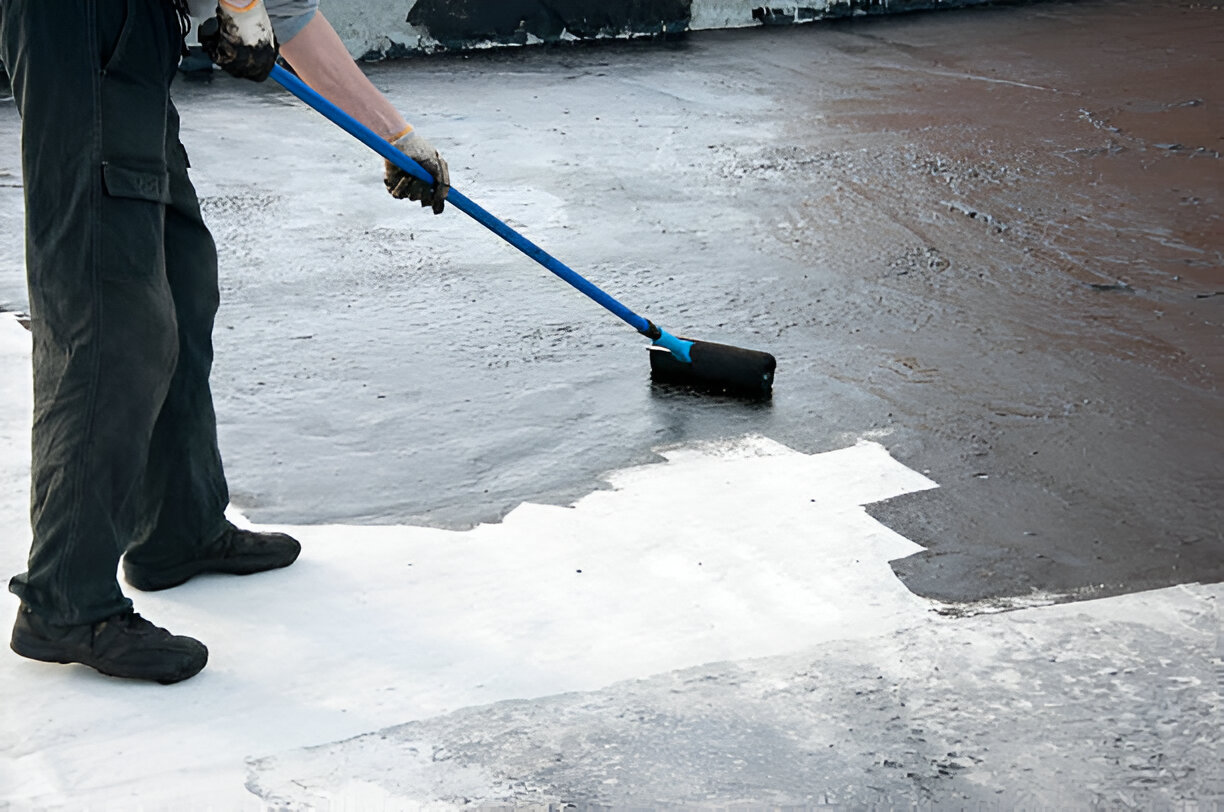Water Proofing
Waterproofing is a critical process used to make structures and objects resistant to water infiltration. It's commonly applied to building foundations, walls, basements, roofs, and even clothing and electronics to protect them from water damage.
Types of Water Proofing
Cementitious Waterproofing
Cementitious waterproofing is a cement-based method that creates a waterproof layer on surfaces. It’s one of the simplest and most common waterproofing methods used in construction.
Liquid Waterproofing Membrane
Liquid membrane waterproofing involves applying a liquid-based coating that hardens into a seamless, flexible waterproof barrier.
Bituminous Membrane Waterproofing
Bituminous membranes are pre-fabricated rolls made from bitumen, which are heated and bonded to surfaces. This is one of the most popular waterproofing methods for flat roofs.
Polyurethane Liquid Membrane Waterproofing
Polyurethane waterproofing involves applying a liquid polyurethane coating that forms a seamless, flexible membrane after curing.
Crystalline Waterproofing
Crystalline waterproofing involves applying chemicals that penetrate concrete and react with water to form crystals that block water paths. The reaction creates a permanent barrier within the structure itself.







Benefits of Water Proofing:
Prevents Structural Damage
Protects buildings from water infiltration, which can weaken structural components like concrete, steel, and wood. Without waterproofing, water can seep into walls and foundations, leading to cracks, rust, rot, and long-term deterioration.
Increases Durability and Longevity
Waterproofing enhances the lifespan of structures by preventing water-related wear and tear, which extends the life of the materials.
Prevents Mold and Mildew Growth
By keeping moisture out of walls, basements, and other enclosed areas, waterproofing prevents the growth of mold and mildew, which thrive in damp environments. This reduces health risks.
Reduces Maintenance Costs
Structures that are well-waterproofed require fewer repairs over time, reducing maintenance costs. Waterproofing helps prevent expensive damage caused by water infiltration, such as rotting wood, rusted metal, or foundation issues.
